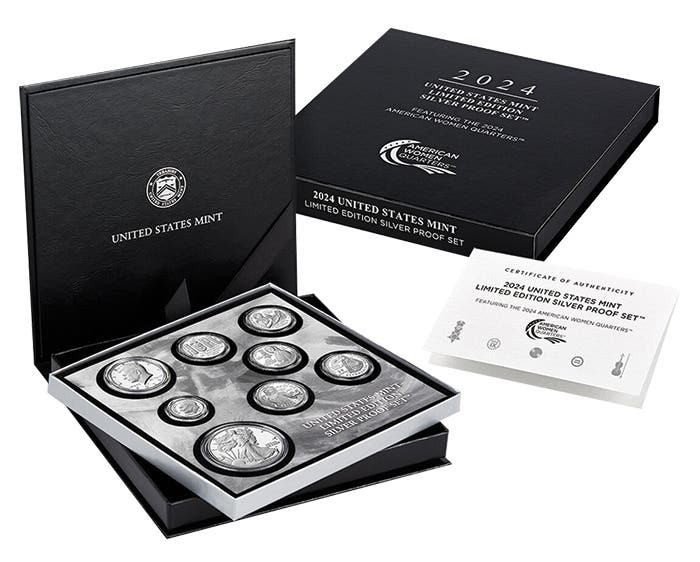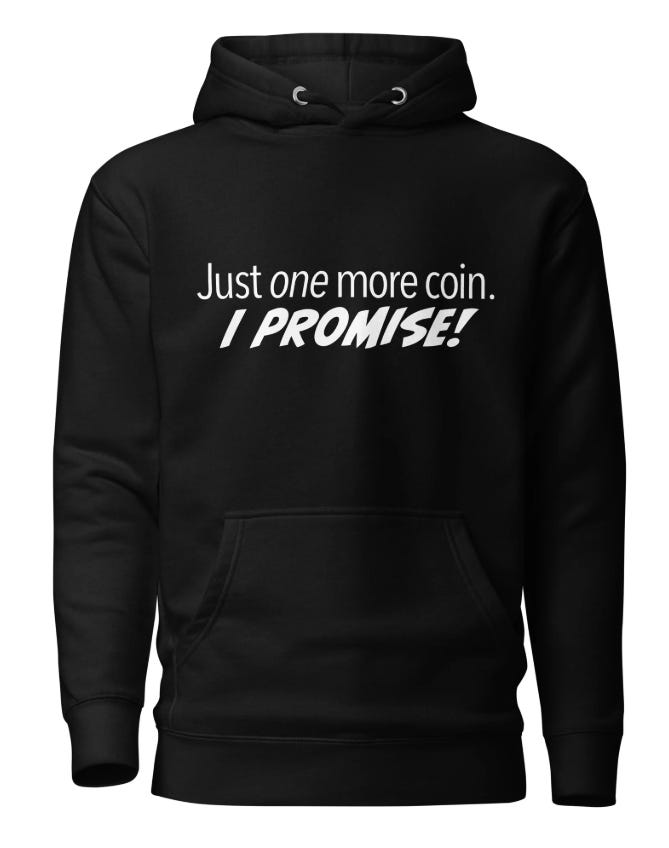In What Year Were No Cents Produced?
By E.B. Robinson Most collectors of early American 1-cent pieces know that a complete date set of cents would not include the year 1815 as no cents were minted with…
By E.B. Robinson
Most collectors of early American 1-cent pieces know that a complete date set of cents would not include the year 1815 as no cents were minted with that date. So, the obvious answer to the title question would be 1815, right? Wrong! The correct answer is that cents were struck in 1815, but not in 1823. Yet, cents dated 1823 exist. So, let’s see if we’ve got this straight: No cents dated 1815 exist, yet cents were minted that year; while no cents were minted in 1823, but coins dated that year do exist. So, what gives?
To find the answer to this puzzle, we have to go back a few years to 1797. That’s when the Mint began to order all of its cent and half cent planchets from Bolton and Watt Company of Birmingham, England. When the War of 1812 broke out, shipment of the planchets and all other goods from England were embargoed. The last shipment of copper planchets had been received just prior to the start of the war, but by mid-1814, the Mint had run out of planchets. As soon as peace was declared, Mint Director Robert M. Patterson wrote to Matthew Bolton requesting a fresh supply of cent planchets. Mail crossed the Atlantic Ocean slowly back in those days, so it took several weeks before Patterson’s request reached its destination in Birmingham. In his reply, Bolton stated that he would execute the order for five tons of planchets (just under 500,000 pieces) as soon as possible. Once the order was ready, the planchets were shipped, but not until the fall of 1815. In the meantime, Patterson had ordered an additional 20 tons of planchets as the public was clamoring for coins of any kind, especially cents.
As all of this was transpiring, Patterson decided that the old Classic Head cent design of 1808 needed updating, so Chief Engraver Robert Scott was directed to come up with the new design, now known as the Matron Head design (1816-1835). Patterson did not expect to receive the planchets from Bolton and Watt before the end of 1815, so he directed the Chief Engraver to punch in the date of 1816 on the new dies. The ship carrying the new planchets arrived in late November of 1815, and due to urgent need for cents, the Mint began producing the new 1816-dated coins during December of 1815.
So, now we know why cents were minted in 1815 yet no 1815-dated cents exist. Now, for the second part of the mystery: Once the additional 20 tons of planchets were received, mintage of 1-cent pieces was heavy during the years 1816-1819. By 1820, the demand for cents had been met, but the Mint still coined a large number of cents in 1820 and basically “flooded the market.” Cent coinage was finally halted in late 1820, and it wasn’t until December 1821, after most of the accumulated stockpile had been distributed, that cent coinage resumed. Cent coinage was low during 1821, under 400,000 pieces, but picked up again in 1822 with over 1 million struck. The Mint had overproduced again, and, coupled with an economic downturn, there was little demand for cents until 1824. As a result, there was no cent coinage in 1823, and coins of this date are omitted in Mint reports. There are a couple of reasons why cents dated 1823 are in existence. First of all, a few proofs were made for collectors that year (proof coin mintage was not mentioned in the annual mint reports), and since 1823-dated dies had been produced, they were used during 1824 when cent coinage was resumed. The 1823 cent is the scarcest date of the Matron Head design, and due to its scarcity, restrikes of the date were made in 1833 outside of the Mint by Joseph Mickley using dies discarded as scrap.
So now we know the answer to the title question. And if you are lucky enough to own a set of Matron Head large cents, hopefully the information in this article will greatly enhance your pride of ownership! υ
Bibliography
Breen, Walter. Complete Encyclopedia
of U.S. and Colonial Coins
Julian, R.W. “The Large Cents’ Classic
Period.” COINage, February 2016.
To have your opinion considered for Viewpoint, email submissions to numismatics@aimmedia.com.









